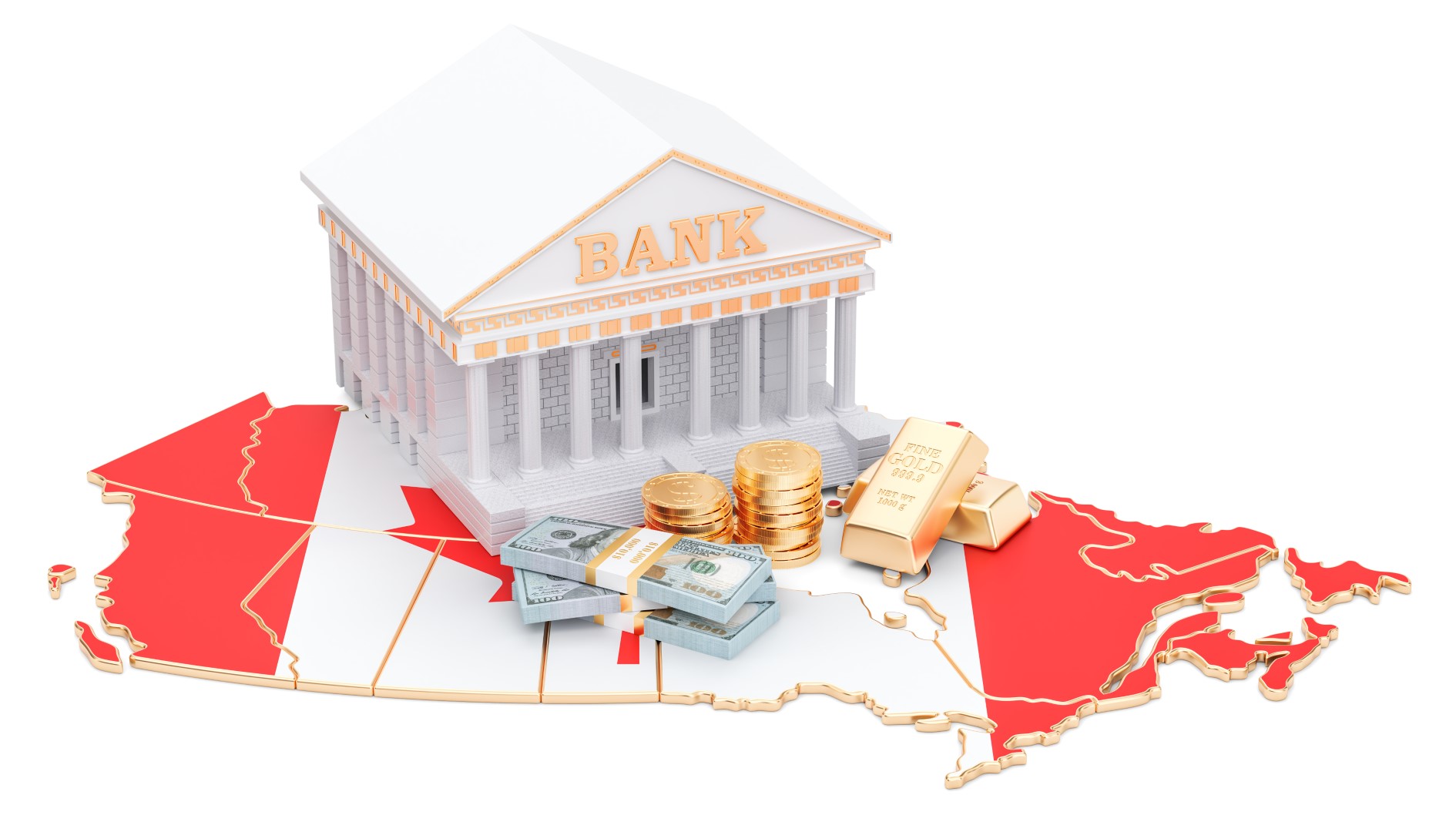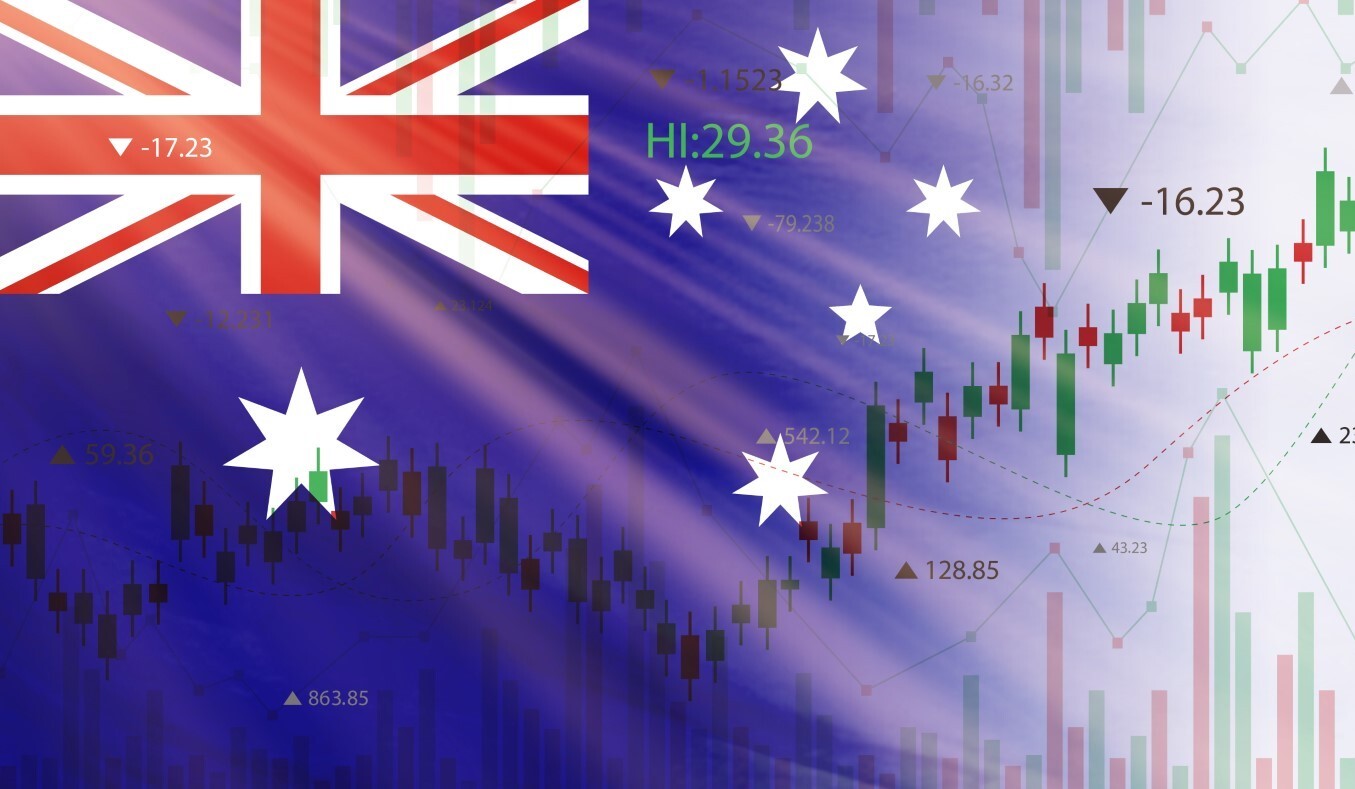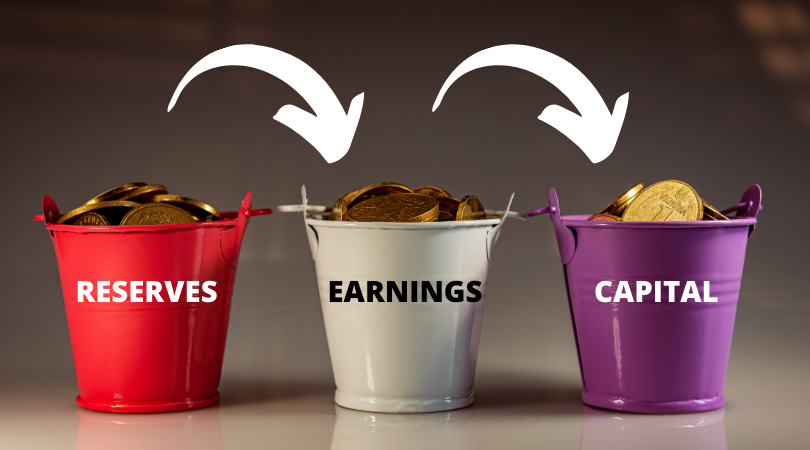HCAL Ends Year #1 as the Top Performing Canadian Bank ETF; Hamilton ETF AUM Exceeds $1 bln Before we discuss our outlook for 2022, we wanted to highlight that the Hamilton Enhanced Canadian Bank ETF (HCAL), the top performing bank ETF since its launch in October 2020. Year-to-date (2021), HCAL is outperforming equal weight/yield weighted strategies by 9% and covered call strategies by 14-17%. As of November…
Insights & Commentary
Australian Banks: Robust Earnings and Large Capital Return
A strong recovery of the Australian economy is underway as evidenced by the solid earnings growth seen at the Australian banks in their most recent reporting season. In this insight, we discuss the positive trends impacting the sector. Specifically, we elaborate on the recent operating results (both earnings drivers and capital returns), and other positive trends including economic growth supported by further reopening as well as…
Canadian Banks: How High Can Dividends Go? (and HCAL Outperforms)
Canadian bank dividends, in our view, are poised to rise – a lot. In August, before Q3 earnings season, we argued there was no policy rationale for the continuing moratorium on dividend increases (see “Canadian Banks: Why OSFI Should Lift its Dividend Cap Now”). At the time, earnings and capital were already at all time highs. Moreover, the banks had set aside an enormous ~$21.4 bln…
HCAL Ends First Year as Top Performing Canadian Bank ETF
TORONTO, October 19, 2021 – Hamilton Capital Partners Inc. (“Hamilton ETFs“) is pleased to announce that in its first year ended October 14, 2021, the Hamilton Enhanced Canadian Bank ETF (“HCAL“) had a total return of 60.4%, making it the top performing Canadian bank ETF over this period[1]. HCAL is also one of the highest yielding Canadian bank ETFs with a current indicated yield of 4.95%,…
Canadian Banks: Record Earnings/Capital; Still in Catalyst #2 (Q3 2021 in Charts)
Q3 earnings trends for the Canadian banks were again strong with record earnings and capital levels, while the ‘three catalyst’ investment thesis – normalization of profits, reserve releases and higher margins – we laid out for the sector in February continues to play out almost exactly as predicted[1]. We believe the banks are still supported by Catalyst #2. Before we discuss Canadian bank results in more…
Canadian Banks: Why OSFI Should Lift its Dividend Cap Now
Before we discuss why the Canadian regulator OSFI should lift its cap on dividends as soon as possible, we would like to highlight the recent launch of the Hamilton Enhanced Multi-Sector Covered Call ETF (ticker: HDIV), an equal weight portfolio of seven established covered call ETFs with a sector mix broadly consistent with that of the S&P/TSX 60. HDIV utilizes modest 25% cash leverage to support…
Canadian Banks: Reserve Releases Dominate Results; Q2-21 Takeaways (in Charts)
Reserve releases featured prominently in Q2 earnings results for the Canadian banks, another step forward for the sector in its ongoing credit recovery and just one of the positive catalysts we previously identified for Canadian bank stocks in 2021. In our October webcast, “Canadian Banks: Credit Cycle is (Basically) Over”[1], we outlined our reasoning that a credit-driven recovery in Canadian bank earnings and stocks was beginning.…
Australian Banks: Earnings Recovery in Progress; Massive Capital Return Ahead
The recovery of the Australian economy and banks is accelerating. In this insight, we discuss how the Australian banking sector – one of the world’s strongest – has firmly entered the recovery stage of the credit cycle and what that means for share prices. In the past, we have described the Canadian and Australian banking sectors as being akin to fraternal twins given their significant similarities,…
Canadian Banks: Catalyst #2 (Reserve Releases) Approaching
In this Insight, we explain why we believe reserve releases of between $6 and $8 bln for the Canadian banks are coming in 2021, which could have a material impact on share prices. While all credit cycles are unique, they each have distinct stages and this COVID credit cycle has been no different. The first stage was three quarters in duration (Q2-20 to Q4-20) and characterized…
U.S. Banks: M&A Features Prominently on Q1 Calls
[All values in U.S. dollars unless otherwise noted] As we noted in last week’s Insight, U.S. Financials: Why They Remain Attractive (Especially the Mid-Caps), the Q4 2020 pick-up in U.S. bank M&A – a clear sign of management’s conviction that the economic recovery was well underway – has gained momentum in 2021, including several transactions involving Hamilton U.S. Mid/Small-Cap Financials ETF (tickers: HUM, HUM-U) and Hamilton…
HCAL/HCA: Volatility vs. Individual Cdn Banks
In this One Chart, we compare the volatility profile of 1.25x the Solactive Canadian Bank Mean Reversion index (SOLCBMRT) – which the Hamilton Enhanced Canadian Bank ETF (ticker, HCAL) seeks to replicate before fees – to that of the Big-6 Canadian banks. We believe HCAL is a good choice for long-term investors, as its modest leverage offers the potential for higher returns in a steadily growing…
U.S. Financials: Why They Remain Attractive (Especially the Mid-Caps)
[All values in U.S. dollars unless otherwise noted] One year on from the market depths of the pandemic, it is worth a quick review of how far the U.S. financials have come. Notwithstanding the fact Ontario recently entered another province-wide lockdown, things south of the border look far brighter, especially for the holdings in the Hamilton U.S. Mid/Small-Cap Financials ETF (tickers: HUM, HUM-U) and much of…












